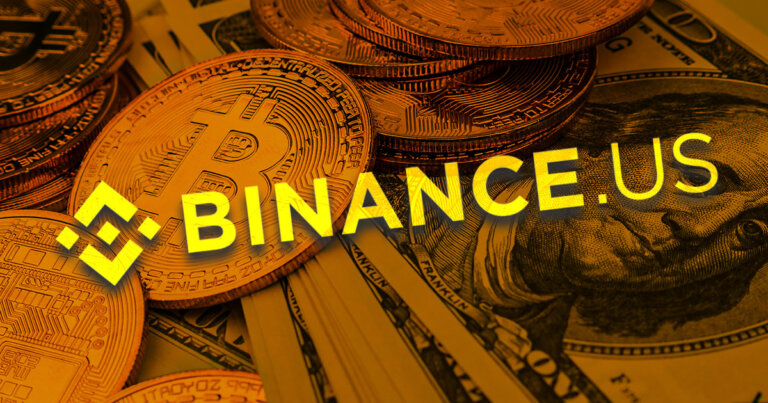 SEC filings reveal testimony of former Binance.US CEOs
SEC filings reveal testimony of former Binance.US CEOs SEC filings reveal testimony of former Binance.US CEOs
The filings contain portions of the testimony given by Catherine Coley and Brian Brooks about their experience in leading Binance.US and the main hurdles they faced in the job.

Cover art/illustration via CryptoSlate. Image includes combined content which may include AI-generated content.
The SEC’s complaint against Binance.US includes excerpts of testimony given to the regulator by two of the firm’s former CEOs, one of whom has been radio silent since stepping down in 2021.
The filings contain portions of the testimony given by Catherine Coley and Brian Brooks about their experience in leading Binance.US and the main hurdles they faced in the job.
The testimony also touches on the influence Binance Holdings — which runs the international Binance.com platform — had on Binance.US and its operations, as well as the sharing of technology and resources between the two.
The first CEO of Binance.US
Catherine Coley was the first CEO of Binance.US and served in the role between 2019 and 2021 — overseeing the company’s initial launch in the U.S.
Her sudden departure and subsequent silence caused many to speculate about what had transpired during her time as CEO and why she left. The excerpts of her testimony in the SEC filings shed some light on her experience.
Coley told the SEC that Binance.US relied heavily on Binance.com’s resources and staff for its launch, with the platform’s code written entirely by engineers based in Shanghai.
She said this eventually became a “major pain point” in making Binance.US independent from its international counterpart as a lot of the codebase was written in Chinese. She added that bringing on U.S. and Western engineers to work on the code was challenging despite bilingual proficiency.
As such, she said she focused on areas that could quickly become independent, such as customer support.
The excerpt did not include the reason behind her departure or her present whereabouts.
Matching engine
Coley also confirmed that Binance.US used the same matching engine as Binance.com during her time there and that she does not recall signing Service Level Agreements for Binance.US until January 2020, months after it began opening accounts for U.S. users in September 2019.
Brooks told the SEC that Binance.US had a team of roughly 50 engineers that was based in Shanghai. He said they had initially been part of Binance.com but were “hived off” to Binance.US after the separation in 2019. They operated in China under an entity called Boran, which was essentially Binance.US’ unit in the country as he understood it.
Brooks said Binance.US used the matching engine under a license and that Binance.com was not directly controlling the platform through the tech.
CZ was an economic counterparty
Brooks became CEO after Coley departure and served roughly four months in the role. He stepped down in August 2021 and said it was due to “differences over strategic direction.”
Brooks said that he joined the company but quickly realized that he was not the CEO after many of the changes he proposed to fix the issues at Binance.US were suddenly “repudiated” despite months of work.
He said:
“What — what became clear to me at a certain point was CZ was the CEO of BAM Trading, not me.”
Brooks also said that CZ gave Binance.US an initial fund of $10 million when it launched, as a company can’t be launched without money. He likened it to Hewlett & Packard funding themselves in the garage days, but the presence of the funds was a “problem,” according to Brooks.
He said:
“It suggested that the company was, in fact, heavily dependent on CZ, not just as a control person but also as an economic counterparty.”











































